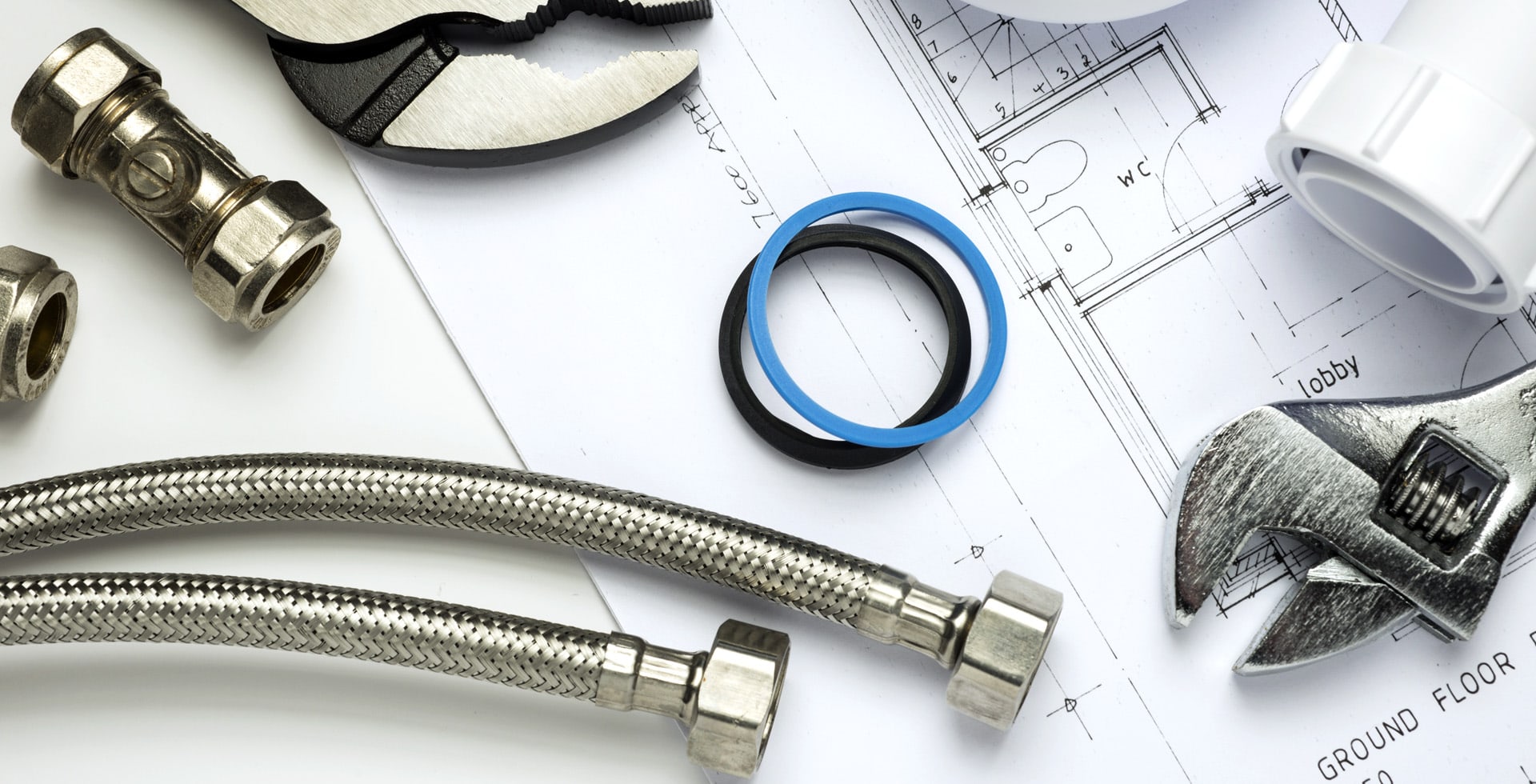The anode rod is a crucial component of a water heater, designed to prevent corrosion and extend the lifespan of the tank. It does this by attracting corrosive elements in the water, thereby protecting the tank itself from rust and deterioration. Over time, the anode rod deteriorates and loses its effectiveness, necessitating replacement to continue protecting the water heater.
Typical Lifespan of an Anode Rod
The lifespan of an anode rod can vary significantly depending on several factors, including water quality, water temperature, and the type of anode rod. However, a general guideline is that an anode rod should be inspected and potentially replaced every 3 to 5 years.
- Water Quality: Hard water, which contains high levels of minerals like calcium and magnesium, can cause the anode rod to corrode more quickly. If your water is particularly hard, you might need to replace the anode rod more frequently.
- Water Temperature: Higher water temperatures can accelerate the rate of corrosion. If you keep your water heater set to a higher temperature, the anode rod may degrade faster.
- Type of Anode Rod: There are different types of anode rods made from various materials:
- Magnesium Anode Rods: These are the most common and offer excellent protection but may not last as long in hard water conditions.
- Aluminum Anode Rods: These are better suited for hard water areas and can last longer than magnesium rods.
- Zinc Anode Rods: These are typically aluminum rods with a small percentage of zinc added, designed to reduce sulfur smells in the water.
GET IN TOUCH
Schedule a Visit
Signs That the Anode Rod Needs Replacement
- Cloudy or Discolored Water: This could indicate that the anode rod is no longer effective, and the tank itself is starting to corrode.
- Foul Odors: A sulfur-like smell, often described as “rotten eggs,” can be a sign that the anode rod is deteriorating and needs replacement.
- Unusual Noises: Popping or crackling noises from the water heater could indicate that sediment is building up inside the tank, often a sign that the anode rod is no longer preventing corrosion effectively.
Inspection and Replacement Process
Inspection: To check the condition of the anode rod, you need to turn off the water supply and power to the water heater, then drain some water from the tank. The anode rod is typically located at the top of the tank and can be removed using a wrench. If the rod is heavily corroded or less than half an inch thick, it’s time to replace it.
Replacement: Replacing an anode rod is a relatively straightforward process that involves unscrewing the old rod and screwing in a new one. Make sure to choose the appropriate type of anode rod for your water conditions and heater type.
Benefits of Regular Replacement
Regularly replacing the anode rod can significantly extend the life of your water heater, preventing costly repairs or premature replacement of the unit. It also ensures that your water remains clean and free from contaminants that could result from tank corrosion.
An anode rod is a critical component of your water heater’s longevity and efficiency. While the typical replacement interval is every 3 to 5 years, factors like water quality and usage can necessitate more frequent inspections and replacements. Regular maintenance, including checking and replacing the anode rod, can help ensure your water heater operates effectively and efficiently for many years. If you’re unsure about inspecting or replacing the anode rod yourself, consider consulting a professional plumber.

